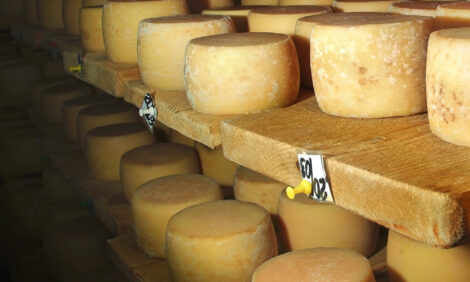



Knowledge Transfer Group Aims to Mitigate Methane Emission at European Level
EUROPE - The research of more than 50 scientists from 17 European countries is being amalgamated to reduce cattle methane emissions from in a knowledge transfer programme called METHAGENE.Measuring and breeding
Besides developing protocols for measuring methane at a large scale, the scientists are looking for indicators that are easier and cheaper to measure. The objective is to breed cows that produce as much milk and are just as healthy as the current generation dairy cows, but emit substantially fewer greenhouse gases. METHAGENE is the name of the network that wants to attain methane mitigation via breeding.
Environmentally friendly cattle
De Haas applied, together with Danish fellow researcher Jan Lassen from Aarhus University, for a subsidy from the European Commission to organise network meetings for all European scientists that contribute to cattle that are more environmentally friendly. The application was granted and from October 2013 onwards the European Commission provides € 600,000 for a period of four years. This grant will be used for training, meetings, exchange of scientists and travel costs.
Compiling data of all countries
Each country has started its own research in this field, which is expensive. In order to collect sufficient data, cooperation is necessary”, De Haas argued. “For establishing a reliable, easily feasible method to measure methane emission and to connect information about genetics to this, we need data on 10,000 to 15,000 dairy cows.
“If we put the current data of all countries in one database, we will have information about 6,000 cows at our disposal.” The coming four years the research institutes will therefore continue to sample cows.
Sampling cows
Sampling occurs in different ways. In milking robots, where cows are milked three times a day and at the same time given concentrates, sensors can be placed that measure the amount of methane and CO2 in the cows’ breath, because eructation and air from the lungs account for the majority of total methane produced by a ruminant.
There are also lasers that are pointed at the cows’ noses several times a day for two seconds to measure emissions. Moreover, there are the respiration rooms. Here emission can be measured the most reliable, but this method is extremely expensive.
Also the composition of the milk might say something about emission. “The protocol to be developed in order to measure emission from livestock reliably (and affordably) will consist of a combination of measuring methods”, De Haas said.
TheCattleSite News Desk


